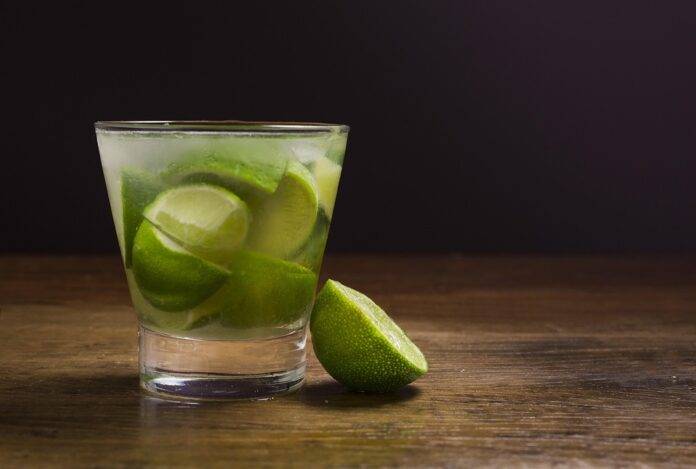The Difference between Cachaça and Rum in Origin and Distillation
Introduction
Cachaça and rum are two popular alcoholic beverages with distinct origins and methods of production. While both are made from sugarcane, they differ in their production processes and flavors. In this report, we will explore the differences between cachaça and rum in terms of origin and distillation.
Origin of Cachaça
Cachaça is a Brazilian spirit that has been produced for centuries. It is made from fermented sugarcane juice and is often referred to as “Brazilian rum.” The history of cachaça dates back to the 16th century when Portuguese colonizers brought sugarcane to Brazil. Cachaça was initially produced by slaves on sugarcane plantations and has since become an integral part of Brazilian culture.
Origin of Rum
Rum, on the other hand, has its origins in the Caribbean, where sugarcane was also introduced by European colonizers. The production of rum dates back to the 17th century, with the first distillation of rum taking place in Barbados. Rum quickly became popular in the Caribbean and was exported to Europe and other parts of the world.
Distillation Process of Cachaça
The distillation process of cachaça differs from that of rum. Cachaça is typically distilled in pot stills, which are traditional copper stills that produce a more flavorful and aromatic spirit. The sugarcane juice used to make cachaça is fermented and then distilled to create a spirit with a unique flavor profile. Cachaça is often aged in wooden barrels, which adds depth and complexity to the final product.
Distillation Process of Rum
Rum, on the other hand, is often distilled in column stills, which are more efficient at producing a high-proof spirit. The sugarcane used to make rum can be in the form of molasses or sugarcane juice, depending on the type of rum being produced. Rum can be aged in a variety of barrels, including oak, which imparts different flavors to the final product.
Flavor Profile of Cachaça
Cachaça has a unique flavor profile that is often described as grassy, vegetal, and slightly sweet. The use of sugarcane juice in the production of cachaça gives it a distinct flavor that sets it apart from rum. Cachaça is often enjoyed in cocktails such as the caipirinha, a popular Brazilian drink made with cachaça, lime, and sugar.
Flavor Profile of Rum
Rum has a wide range of flavor profiles, depending on the type of rum and the aging process. Dark rums tend to have a rich, caramel-like flavor with notes of vanilla and spice, while white rums are lighter and more neutral in flavor. Rum is a versatile spirit that can be enjoyed neat, on the rocks, or in a variety of cocktails.
Industry Insights
The cachaça and rum industries are both growing globally, with increasing demand for premium and craft spirits. In Brazil, cachaça is a protected designation of origin (PDO), which means that only spirits produced in Brazil can be labeled as cachaça. This has helped to promote and protect the traditional production methods of cachaça.
In the rum industry, countries such as Jamaica, Barbados, and Puerto Rico are known for producing high-quality rums with unique flavor profiles. Rum has a strong presence in the cocktail industry, with classic cocktails such as the mojito, daiquiri, and piña colada featuring rum as a key ingredient.
Financial Data
According to industry reports, the global cachaça market is expected to reach a value of $1.5 billion by 2025, with a compound annual growth rate (CAGR) of 3.5%. The rum market, on the other hand, is projected to reach a value of $16.5 billion by 2025, with a CAGR of 2.8%. These figures indicate the growing popularity of both cachaça and rum on a global scale.
Conclusion
In conclusion, cachaça and rum are two distinct spirits with different origins and production methods. While cachaça is a Brazilian spirit made from fermented sugarcane juice, rum has its origins in the Caribbean and can be made from molasses or sugarcane juice. The distillation processes of cachaça and rum result in spirits with unique flavor profiles that are enjoyed by consumers worldwide. As the global demand for premium and craft spirits continues to rise, both cachaça and rum are poised for continued growth in the spirits industry.


